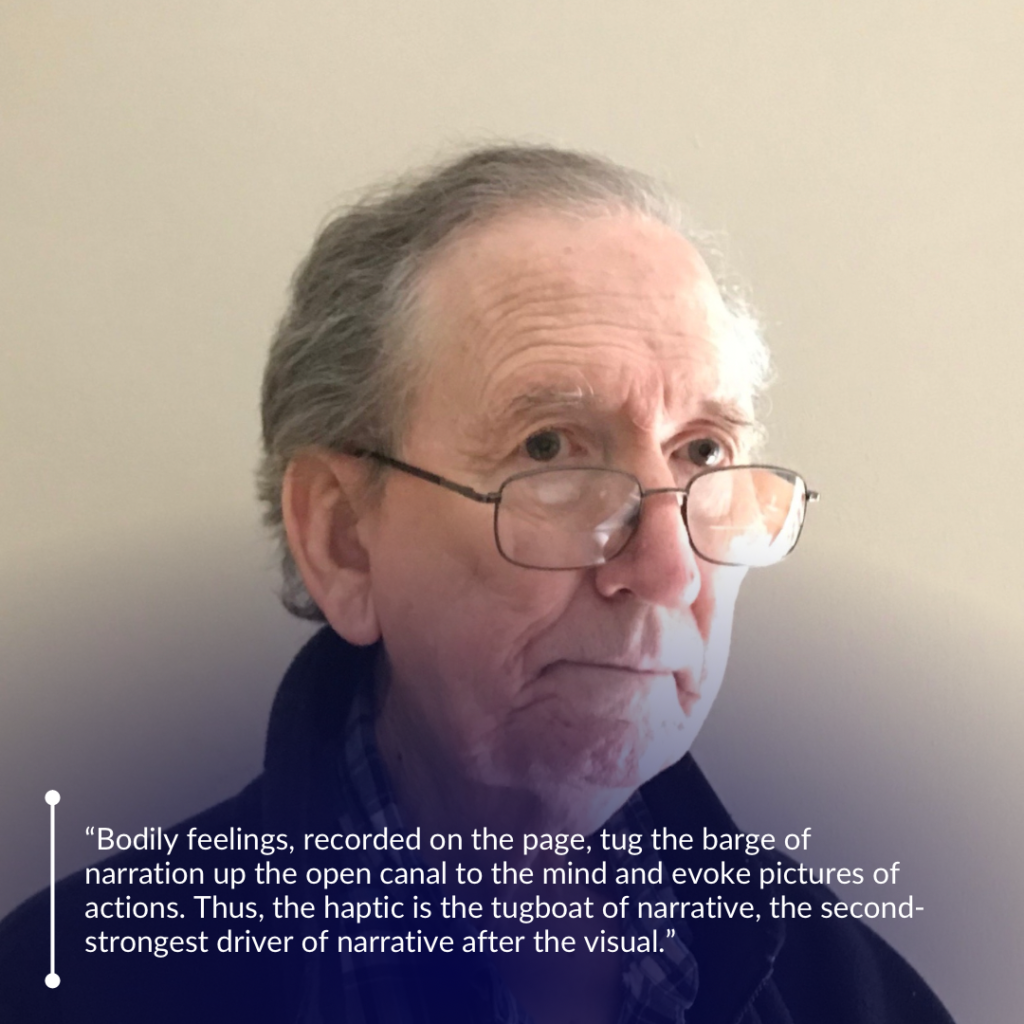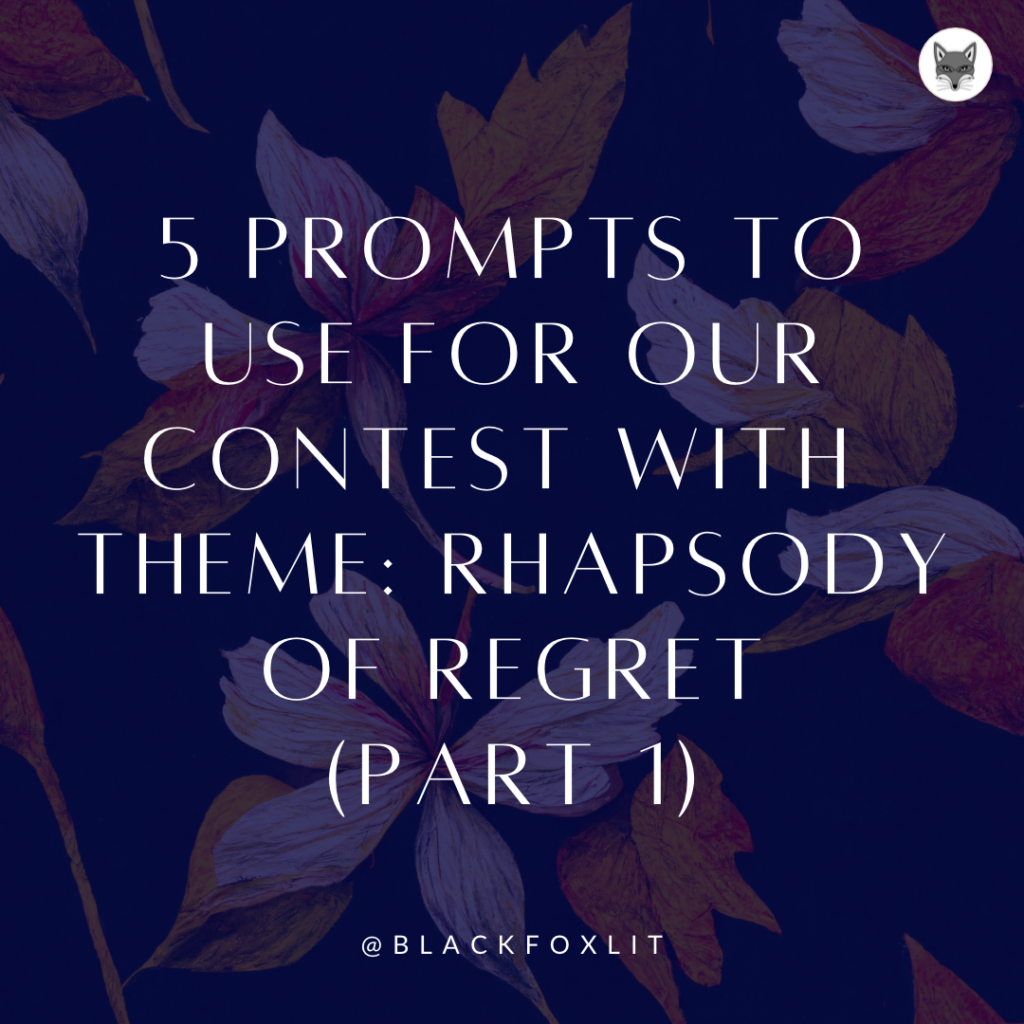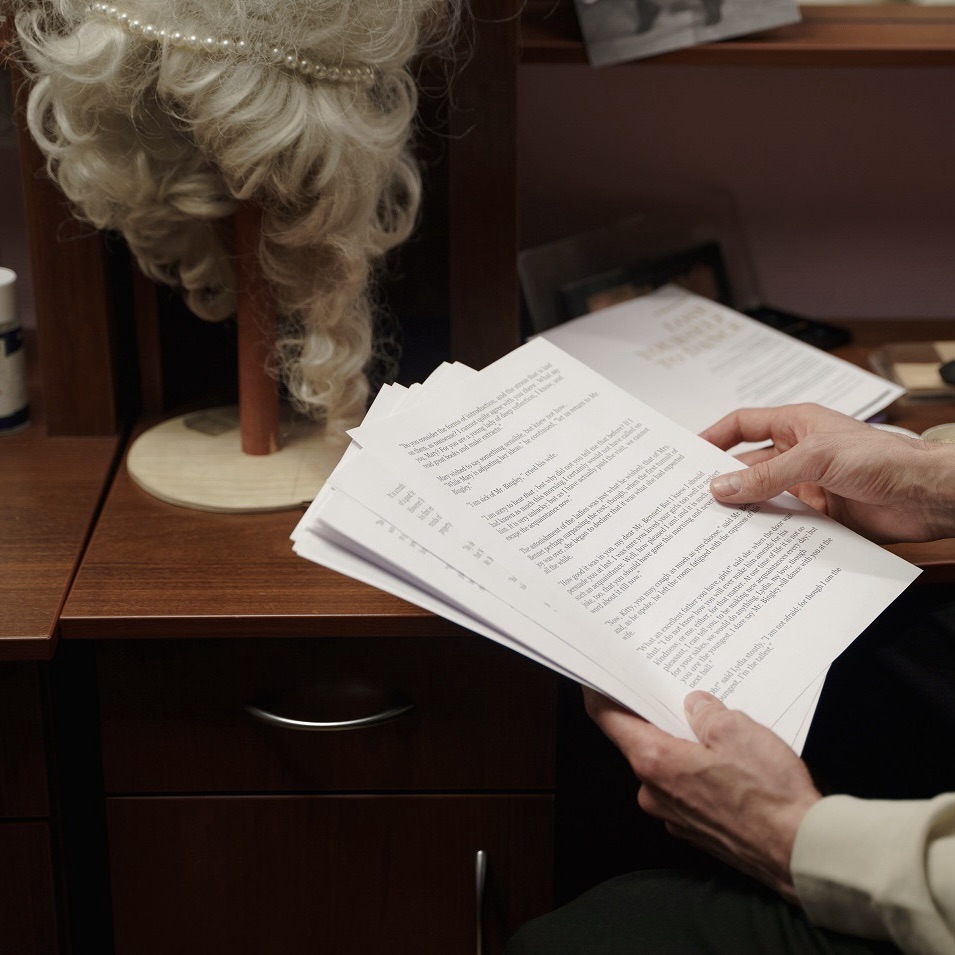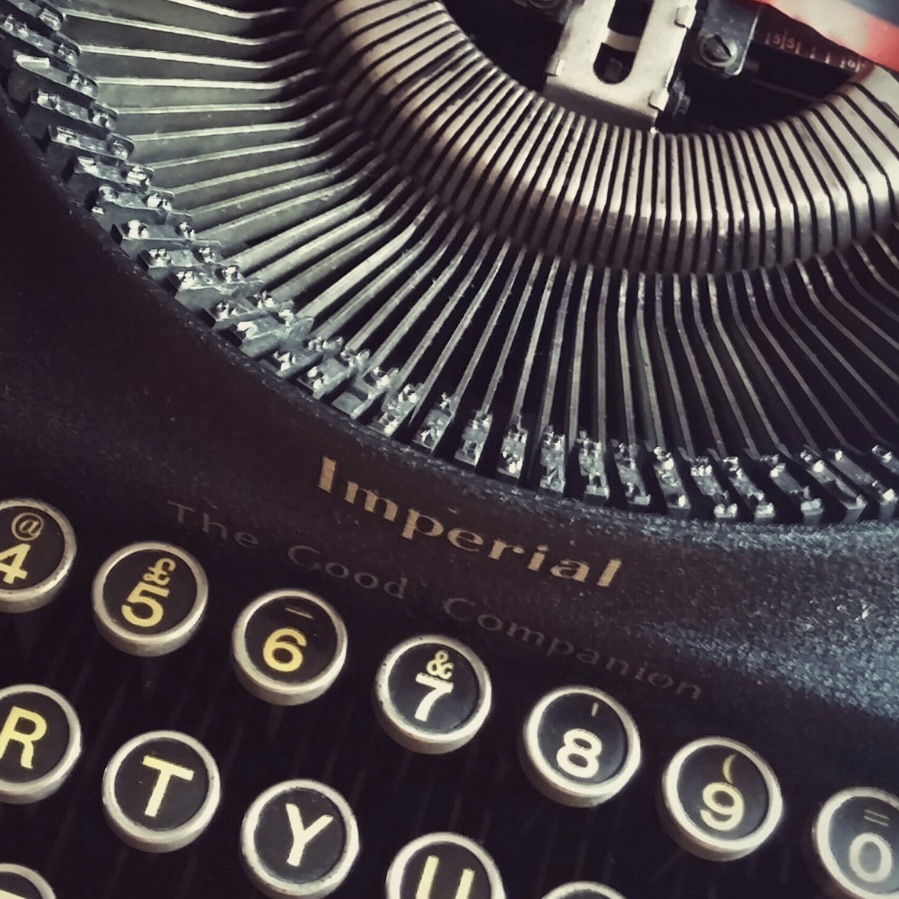Jarret Keene earned his Ph.D. in creative writing at Florida State University. A beloved and highly sought after professor, Dr. Keene is an assistant professor in the Department of English at the University of Nevada, Las Vegas where he teaches…
The Haptic: The Tugboat of Narration by David Massey
There is an open canal between the body and the mind where feelings are concerned, and a sensation in the body is felt immediately in the mind. It may seem absurd to mention such an obvious point, but this truism…
5 Prompts to Use with Our Contest Theme: Rhapsody of Regret (Part 1)
We were so excited about our current writing contest theme, Rhapsody of Regret, that we decided to suggest a few prompts to get those writing wheels turning! Even if you don’t plan to submit to the Black Fox Prize, these…
“Method Writing”: Where Acting and Creative Writing Overlap by Charissa Roberson
I attended a theater camp every winter when I was in high school. Usually, I played a background character who delivered a line or two during the production. But my senior year, I got a small, yet substantial role that…
A Conversation with Vanessa Couto Johnson
Vanessa Couto Johnson (she/they) is the author of the full-length poetry books pH of Au (Parlor Press, Free Verse Editions Series 2022) and pungent dins concentric (Tolsun Books, 2018), as well as three poetry chapbooks. Most recently, Vanessa’s poems have…
Finding Your Genre: Grief, a Pandemic, and a Blind Date by Rosemarie Dillon
Once upon a time, I wrote fantasy. My mind gave birth to gorgeous characters and creatures…until eventually, the daunting task of world building brought those journeys to an irreverent halt. You see, I’d never been much of a plotter. I…
True Story by Christian Paulisich
True story, I’ve often told my peers in poetry workshops, where fellow writers gather to read and discuss each other’s work. The workshop is a sacred space where communities are built, where feedback is given and received, and where we…
Introducing the New Black Fox Lit Readers!
The Black Fox team is pleased to announce our newest additions! Please welcome the nine writers who will be joining our reading team. We will be introducing them individually on our Instagram account over the next few weeks! They’ll be…
La Vie En Rose by Jerrice J. Baptiste
As a little girl, I often encountered dead bodies on my way to school during the Baby Doc dictatorship in the 1980’s. We’d hear the gunshots fired outside of my Catholic school and take cover under our desks. There were…
How to Write a Book While Parenting by Isabel Mader
When your second child is born, you and your partner will decide that it makes the most sense for you to be a stay-at-home parent for a little while. Not forever, just for a little while. And you are thrilled…
Hemingway Looks at Himself by David Massey
Ernest Hemingway led a famously adventurous life, going to wars when he did not have to, hunting big game (and getting a great nonfiction novel, Green Hills of Africa, out of it), becoming an afficionado of bullfighting, boxing in his…
On Styles by David Massey
I’ve been thinking about styles in writing. Narration, dialogue, description, syntax—all these things. By far my favorite American fiction writer is William Faulkner, and if I had it in me, I would probably write like him; but I like sparer styles,…











